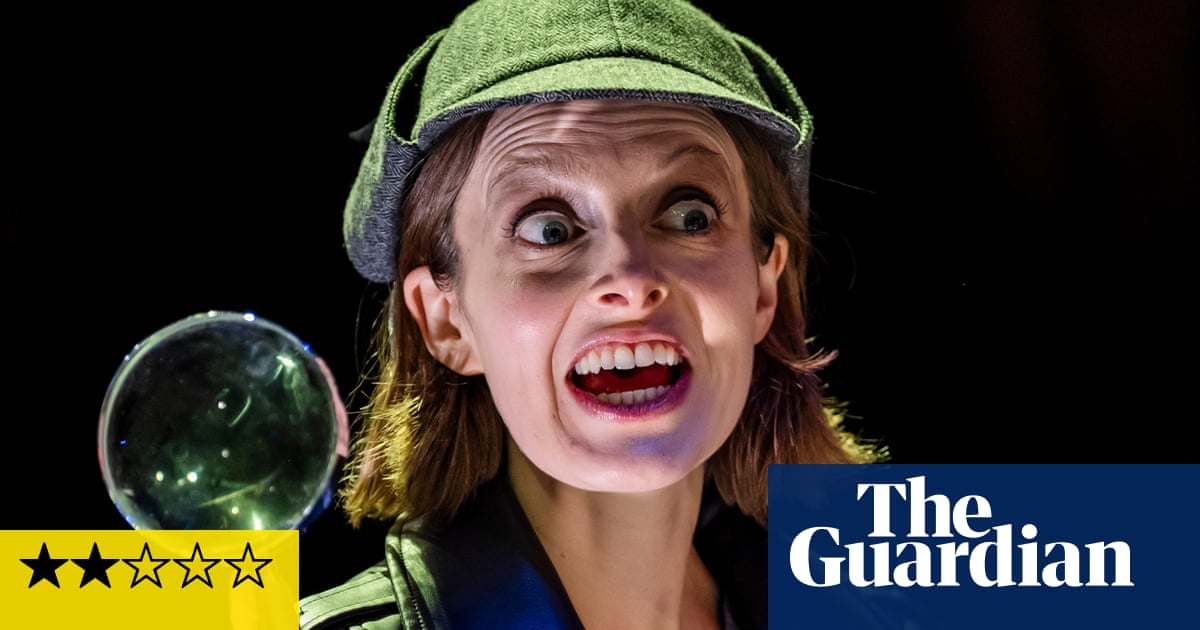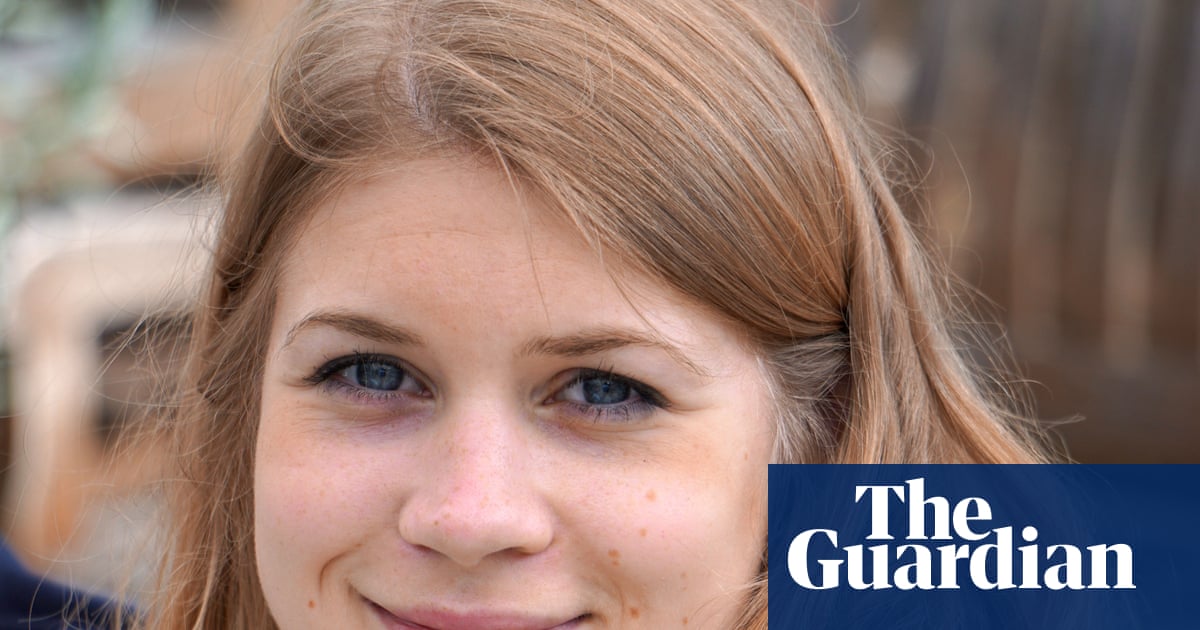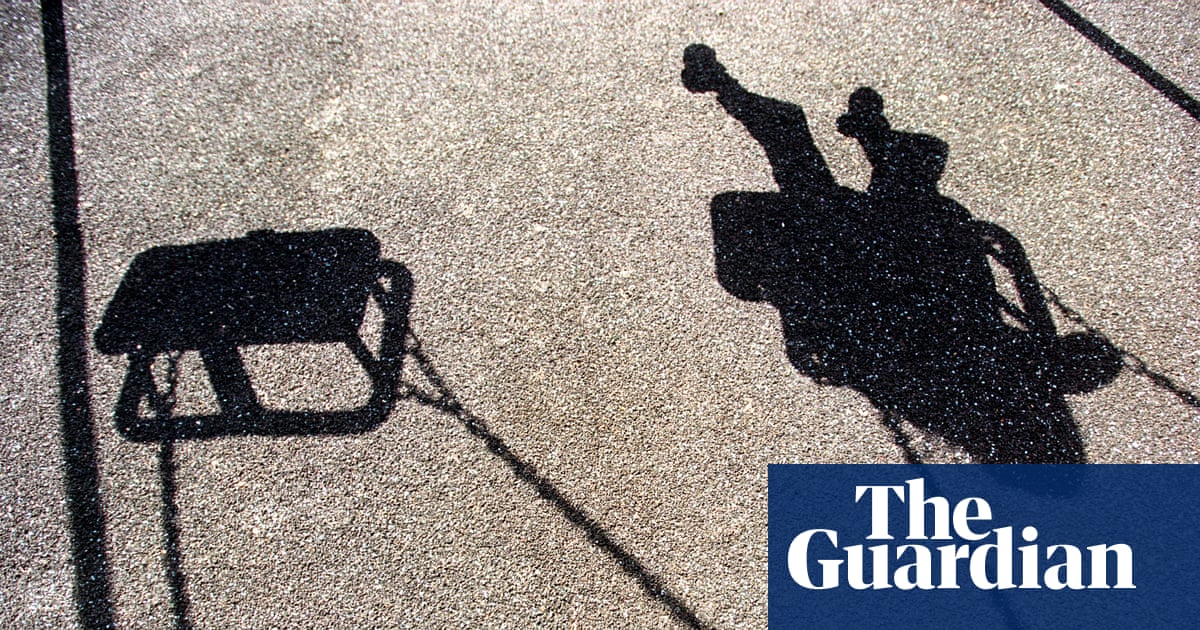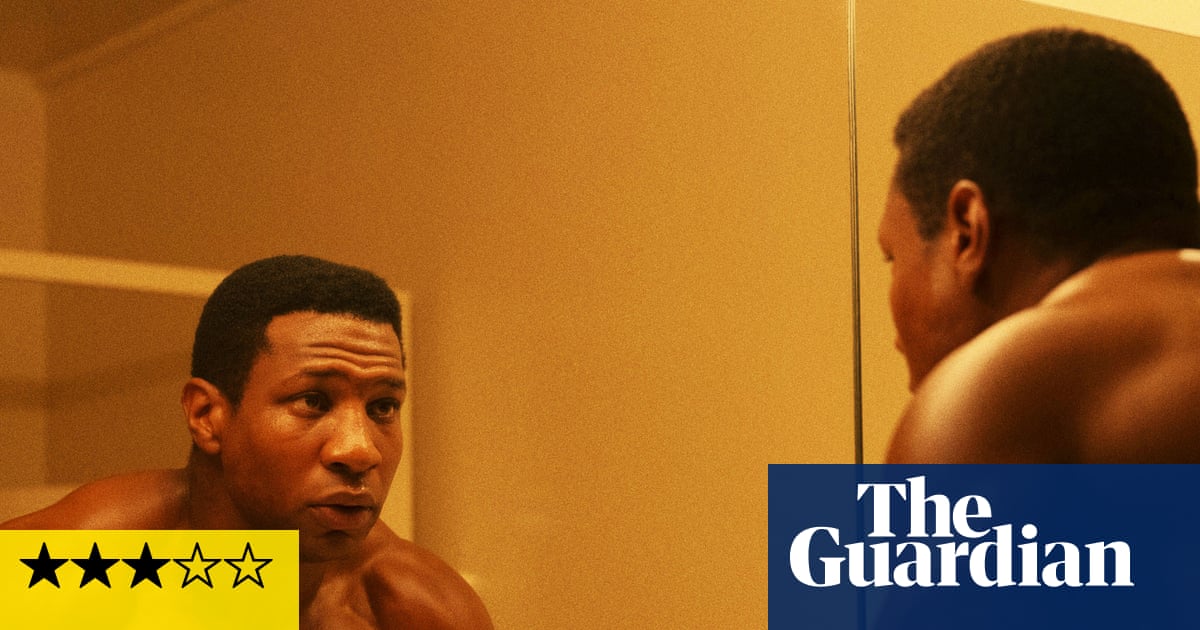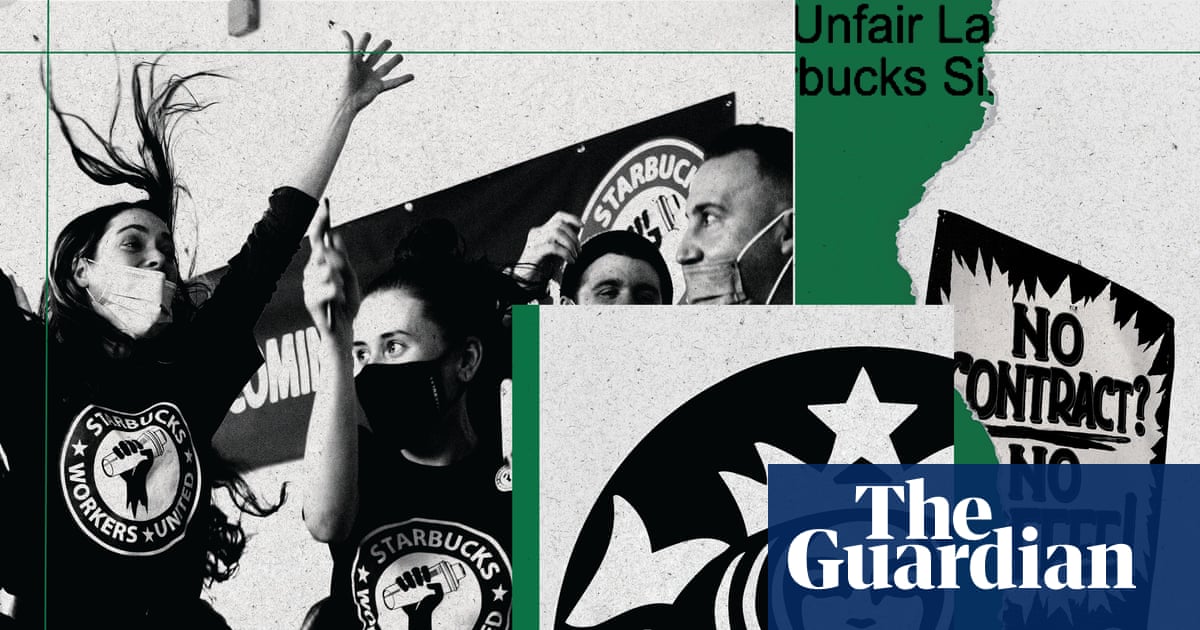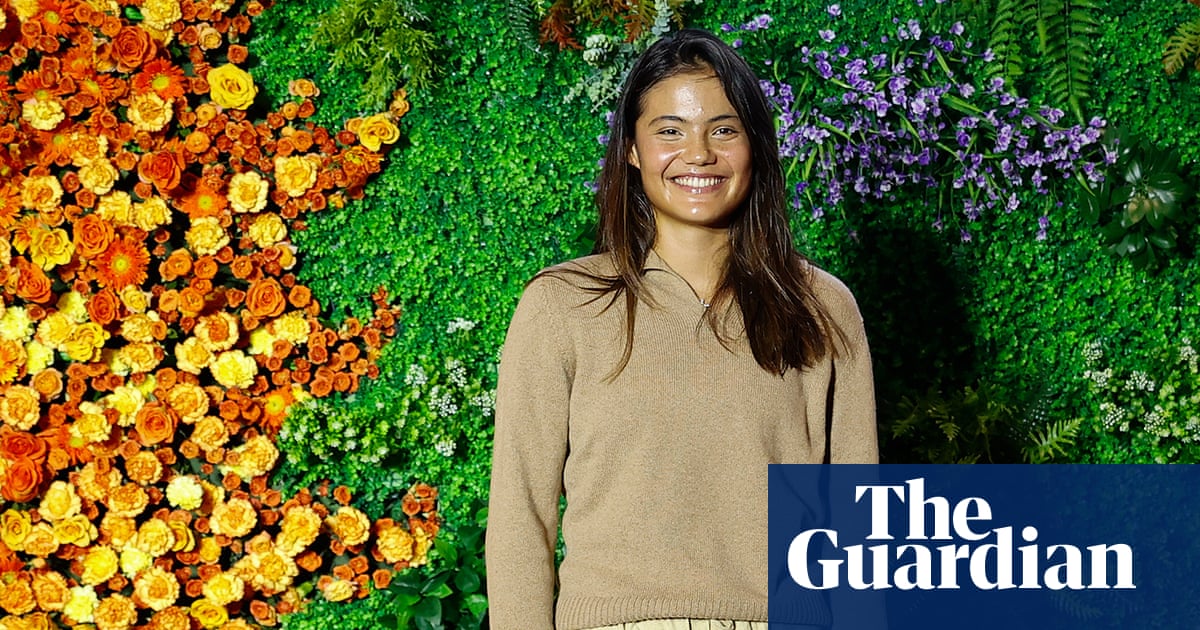Unapologetically ambitious and voraciously inventive, this vast new Lee Miller exhibition is the most comprehensive display of the late American photographer’s work ever held in the UK. It’s an overdue account of a remarkable artist whose dazzling, daring career had more than a few twists: from Vogue cover girl to Vogue photographer; from surrealists’ muse to pioneer of the movement; from commercial portraitist to war photographer.
Some of Miller’s fabled work is here, including her famous self-portrait in Hitler’s bathtub, her boots – dirtied with mud from Dachau concentration camp – strewn symbolically on the floor. The exhibition builds a sense of the dizzying, sometimes frenzied energy of Miller, who could photograph fashionable hats as well as Nazis who died by suicide. Yet, as her work turns abruptly in subject matter over the decades, swinging from frivolity to devastation, it is never jarring – and never boring.
Miller understood the barbed nature of beauty profoundly. Without referencing the sexual abuse Miller experienced as a child, and only briefly alluding to the fact that her father, an amateur photographer, began to use Miller as a model, sometimes nude, from the age of eight, the show begins emphatically with an image Miller made of herself, in a Photomaton in 1927, posing in the cloche hat later made iconic when she appeared in it on the cover of Vogue.
The first room charts Miller’s short-lived modelling career, including images by Edward Steichen, Arnold Genthe and Cecil Beaton. Gradually, their images of Miller merge into her own pictorialist-inflected self-portraits – some of which were published in Vogue, with Miller acknowledged as model and photographer.
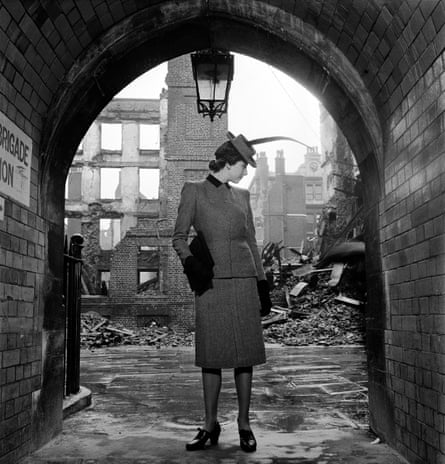
Her relationship with Man Ray arguably changed the course of art history, although Man Ray would get the credit. The fascinating room devoted to the work they made together between 1929 and 1932 is packed with sumptuously surreal and dreamlike images, languorous pictures of necks, torsos and breasts, playing with ideas of subservience and power. In a triptych of the couple, Miller wears a BDSM collar, Man Ray an avuncular jumper. It’s easy to see who wields the power.
In the early 1930s, Miller was a masterly printer and at her most experimental. An example of what is thought to be the first artistic use of solarisation in photography is quietly reattributed to Miller in this show. The technique was developed in the 1840s, whereby the negative is exposed momentarily to light during processing. Man Ray has previously been credited with the first use in art – but here Miller’s role is emphasised in the making of that landmark image, Primat de la Matière sur la Pensée. It is a sublime vintage print of a nude female figure, the solarised effect making the body appear to dissolve and melt into the background, the mystical effect of an aureole. The beauty of the image consumes itself.
Equally experimental are her Paris street shots, at the apex of surrealist photography, with a vertiginous range of camera angles, distorting perspectives and reversing images to confound and perplex the viewer’s vision. The effect is spellbinding. She establishes her own lexicon of surrealist metaphors and motifs, with a persistent interest in statues: fixed, immobile and voiceless – perhaps what she most feared becoming.

There are works here that have never been seen before, including sensuous desert pictures in Egypt and Syria, taken while living in Cairo in the 1930s. There are newly discovered wartime photographs, such as an image of opera singer Irmgard Seefried, photographed while singing an aria in the ruins of the Vienna opera house.
Miller got as close to the frontlines as she was permitted, photographing mushrooming clouds of napalm, makeshift surgeries erected in muddy Alsatian fields and brittle buildings during the blitz. The images she made at Buchenwald and Dachau concentration camps, just weeks after they were liberated in 1945, are deliberately presented in a separate room here. They are among the most distressing scenes of the 20th century. A closeup picture of the bashed-in face of an SS guard, beaten by his former prisoners, photographed with a pitiless bright flash, gives little feeling of retribution or justice.
After what she witnessed at the end of the war, Miller’s relationship with photography tapered off, and this exhibition does, too. The final room is of portraits of Miller’s famous artist friends – Picasso, Miró, Man Ray, Dorothea Tanning. They lack the electric ingenuity of her earlier portraits, yet perhaps this artistic milieu is where she felt most comfortable. By the time she died in 1977, Miller had hidden most of her archive away in an attic, turning her attention, in yet another surprising move, to gourmet cooking. Miller was many things – but this exhibition proves that, ultimately and above all, she was an artist.

 2 months ago
71
2 months ago
71

